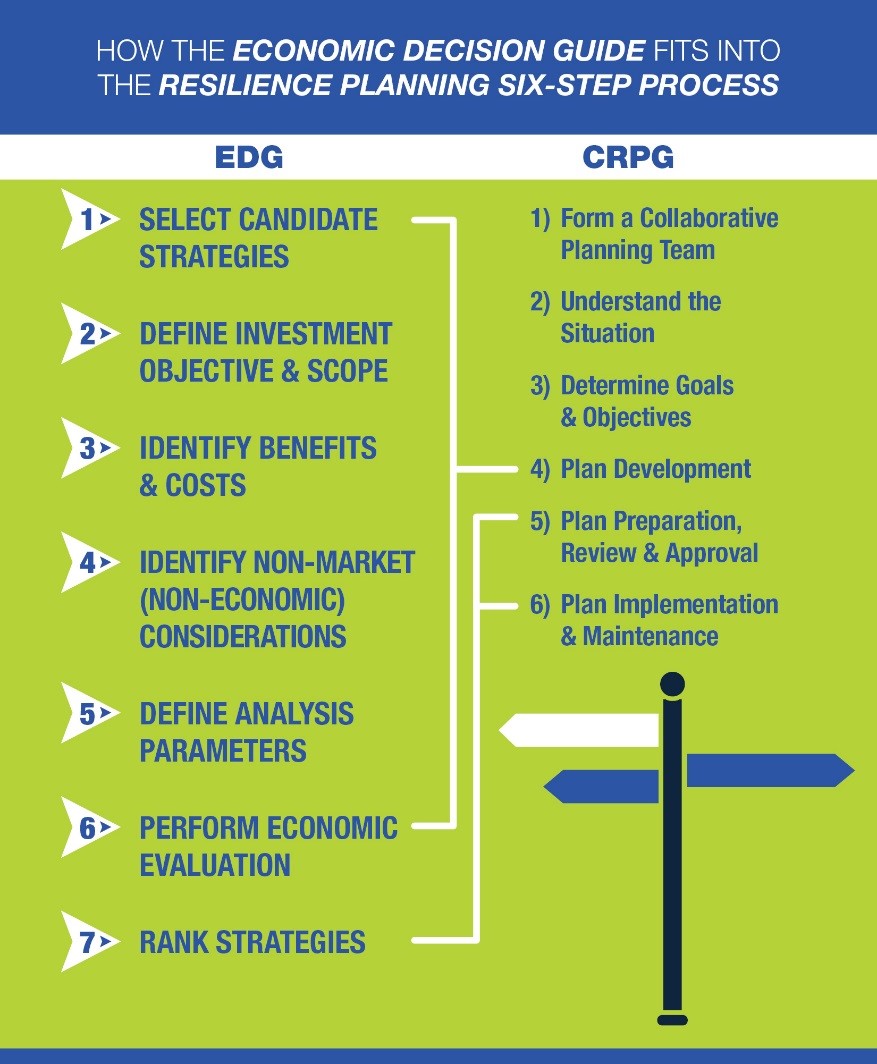
Building Resilience: Strategic Approaches for Economic Stability

Building Resilience: Strategic Approaches for Economic Stability
In an ever-changing global landscape, building resilient economic strategies is paramount for ensuring stability and growth. This article explores the concept of resilient economic strategies, delving into key approaches that nations and businesses can adopt to navigate uncertainties and foster long-term economic stability.
Understanding Resilient Economic Strategies: A Proactive Approach
Resilient economic strategies involve a proactive approach to identifying and mitigating risks, as well as embracing adaptive measures to respond to unforeseen challenges. Rather than merely reacting to economic shocks, nations and businesses adopting resilient strategies focus on building a robust foundation that can withstand and recover from disruptions.
Diversification: Reducing Dependency on Singular Sectors
One fundamental aspect of resilient economic strategies is diversification. Relying heavily on a single industry or sector can make an economy vulnerable to downturns. By diversifying into multiple sectors, nations and businesses can spread risks and create a more stable economic foundation. This approach provides a buffer against the impact of shocks in any particular industry.
Investing in Innovation and Technology: Driving Sustainable Growth
Embracing innovation and technology is a crucial element of resilient economic strategies. Nations and businesses that invest in research and development, adopt cutting-edge technologies, and foster a culture of innovation are better equipped to adapt to changing circumstances. Technological advancements drive sustainable growth and enhance a nation’s or business’s competitiveness on the global stage.
Flexible Labor Markets: Adapting to Changing Dynamics
Resilient economic strategies recognize the importance of flexible labor markets. Creating an environment that allows for agile workforce adjustments during economic shifts is essential. Policies that support retraining, upskilling, and facilitating smooth transitions between industries contribute to the adaptability of the workforce, making it a key component of economic resilience.
Sustainable Practices: Balancing Economic Growth and Environmental Responsibility
Balancing economic growth with environmental responsibility is integral to resilient economic strategies. Sustainable practices not only address environmental concerns but also contribute to long-term economic viability. Nations and businesses that prioritize sustainability in their operations are better positioned to withstand scrutiny, adapt to changing regulations, and meet the expectations of environmentally conscious consumers.
Strategic Debt Management: Balancing Fiscal Health
Resilient economic strategies involve prudent debt management. While debt can be a tool for growth, managing debt levels strategically is crucial. Striking a balance between leveraging debt for strategic investments and maintaining fiscal discipline helps nations navigate economic uncertainties without succumbing to excessive financial strain.
Building Financial Reserves: Creating Safety Nets
Building financial reserves is a key component of resilient economic strategies. Nations and businesses that accumulate reserves during periods of economic stability create safety nets for challenging times. These reserves can be instrumental in providing financial support, stimulating economic recovery, and preventing prolonged economic downturns.
Global Collaboration: Strength in Unity
Resilient economic strategies extend beyond national borders. Global collaboration and partnerships foster strength in unity. Nations and businesses that actively engage in international cooperation, share knowledge, and collaborate on addressing global challenges are better equipped to navigate the complexities of the interconnected global economy.
Crisis Preparedness and Response: Proactive Risk Management
Resilient economic strategies include robust crisis preparedness and response mechanisms. Proactive risk management involves scenario planning, stress testing, and developing contingency plans for various economic scenarios. Being prepared to respond swiftly and effectively to crises minimizes the impact and facilitates a quicker recovery.
Inclusive Economic Policies: Fostering Social Stability
Inclusive economic policies contribute significantly to resilience. Strategies that promote inclusivity, reduce income inequality, and address social disparities enhance social stability. Inclusive economies are better positioned to weather economic shocks, as they benefit from a more engaged and stable society.
Building a Resilient Future: A Collective Endeavor
In conclusion, building resilient economic strategies is a collective endeavor that involves the concerted efforts of nations, businesses, and individuals. By adopting proactive approaches, embracing diversification, investing in innovation, and fostering inclusive economic policies, stakeholders can contribute to creating a resilient future that withstands challenges and paves the way for sustained economic stability.
To explore more about Resilient Economic Strategies, visit careerth.com.
